5 Best Diaper Liners for Cloth Diapers of 2023
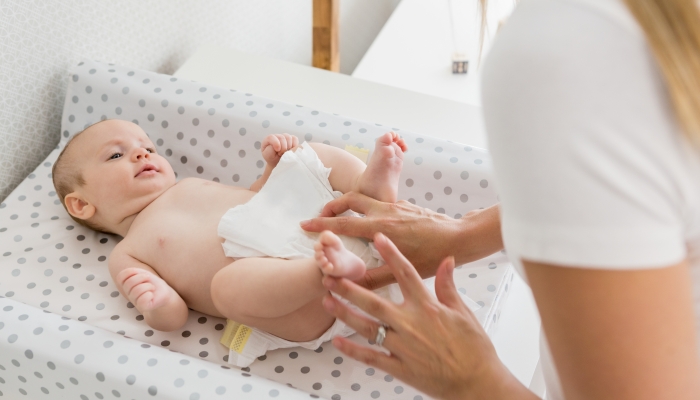
This post may contain affiliate links; please see our terms of use for details.
- Diaper liners are a great solution for protecting your inserts and covers.
- A diaper pail, wet bag, and diaper sprayer are helpful accessories for liners.
- Reusable and disposable liners have their own pros and cons.
- Liners should be disposed of properly, not flushed.
- Liners can’t be replicated with baby wipes or paper towels.
Sure, cloth diapering is undoubtedly better for the environment, but let’s be honest—it does require a bit more work. Between cleaning covers and inserts, it would be nice to have a painless way of washing up those extra dirty diapers. That’s where diaper liners come in. Fitting for any cloth diaper system, they’re a handy tool to have around.
Even so, it can be hard to find the right liner for your cloth diapers when there’s a sea of choices in front of you. Luckily, you can rest assured that the 5 liners below will get the job done! Stick around and learn everything you need to know about each of these diaper liners and how they can protect your cloth diapers in the long run.
Our Choice: Bamboo Unscented Diaper Liners
- Rayon Unscent Diaper Liners- Fragance Free and Chlorine Free(4PK) 400 Count by BlueSnail
- 100 count per roll, 12″ x 7.5″ liners
- Makes diaper changes easy, extends the life of your cloth diapers
- Place the liner between baby’s skin & diaper. Fluids pass through liner while solids remain on top, Biodegradable , please throw it into trash after using.
|
|
There are plenty of disposable liners out there, but the Bamboo Unscented Diaper Liners easily surpass them all. Sold in an affordable pack of 400, you won’t run out anytime soon. They have an extraordinary level of breathability and softness, likely attributed to their bamboo composition.
Free of harmful chemicals like synthetics and dyes, they’re a safe choice for your little one’s skin. Holding up against the removal process, they won’t rip when you go to dispose of a soiled liner, making them altogether mess-free. That’s the beauty of these durable diaper liners!
You’d be hard-pressed to find many complaints lodged against these liners, but there are still a few. Some parents felt these liners were too wide for their cloth diapers, leaving them to find a way to tuck them in or have the excess stick out. There was some concern over the stiffness of the material as well, despite its smooth feel.
Material: Bamboo | Dimensions: 0.8 x 8.9 x 8.9 inches
View on Amazon | View on Walmart.com | View on eBay.com
Best Coverage Liner: Bambino Mio Reusable Diaper Liners
- ULTIMATE CONVENIENCE – Bambino Mio’s reusable diaper liners are designed to make reusable diaper changing easy and fuss-free! Can be used with all types of reusable diapers.
- STAY DRY – use diaper liners to catch solids and help reduce soiling of your diapers. Stay dry fabric designed to draw moisture away from the surface to keep your baby dry.
- CONTOURED – oversized to fit your diapers for fuller coverage and ultimate diaper protection. Contoured shape – wider where you need it to protect elastic edges.
- STAY SOFT – super soft providing the most comfortable surface for your baby’s bottom. Perfect for newborn delicate skin and suitable for all skin types.
|
|
The Bambino Mio Reusable Diaper Liners are one of the two reusable liner options on our list, and their coverage is its most notable quality. A contoured hourglass shape forms a wide fit made of a comfortable microfleece material. Its coloring helps hide potential stains, and its lightweight feel won’t weigh the diaper down.
Unfortunately, parents had some of the same issues with these liners, the first being thinness. Many expected the product to be thicker since they’re made to be reused. Also, several users found that these cloth diaper liners left behind a fluff residue on their baby’s bottom after use—not a dealbreaker but surely an annoyance.
Material: Polyester | Dimensions: 0.8 x 8.9 x 8.9 inches
View on Amazon | View on Walmart.com | View on BambinoMio.com
Best Nighttime Liner: Wegreeco Bamboo Diaper Liners
- Wegreeco unscented biodegradable nappy liners is Soft & Comfortable for baby bottom; Those Unscented liners are Biodegradable; Every parent deserve this
- Disposable Cloth Diaper Liners are easy to tear off and simply place liner between baby’s bottom and diaper. Parents just simply takes these liners off and throw into the trash without any further step to clean the mess
- Wegreeco Bio Liners help parents less laundry time. No more soaking stained diapers and extending the life of the diapers
- Recommend throw the used diaper liner into the trash, No flush in case toilet blocking
|
|
Known for their toughness, with the Wegreeco Bamboo Diaper Liners, you’re sure to prevent unnecessary diaper blowouts. Used primarily for nighttime protection, they hold up longer than most. They’re also silky smooth and made without synthetic chemicals. With parents in mind, they come in perforated rolls for ease of use.
They’re not perfect, though. Despite their strength, many reviewers say that they’re doing too much of the job of a cloth diaper insert—that is, absorbing the liquids. Some parents feel they’re weakened by their absorbency. Others say they shift too much throughout the time of use, which prevents them from fully doing their job.
Material: Bamboo | Dimensions: 7.1 x 3.8 x 4.7 inches
View on Amazon | View on Walmart.com | View on eBay.com
Best Eco-Friendly Liner: Esembly Fleece Diaper Liners
- MOISTURE WICKING AND PREVENTS STAIN: These super-soft fleece liners pair with your cloth diapers to create a moisture wicking barrier to keep your baby’s skin feeling extra dry. Added benefit, Stay-Dry Liners protect your diapers from staining.
- ICK-FREE CONVENIENCE: No more diaper sprayers, wet pails or soaking! Esembly reusable, washable Stay-Dry Liners provide a clean and easy way to dispose of the poo before laundering your diapers. For a disposable option, check out Esembly Tossers (sold separately).
- CONVENIENT: Line your Esembly Inner (sold separately) or other cloth diaper with a fresh Stay-Dry Liner any time a moisture-wicking layer is desired. Wash and dry Stay-Dry Liners right along with your Esembly diapers on laundry day.
- HOW TO USE: Stay-Dry Liners can also be used to help remove poo from the diaper once your baby starts solid foods. Consider them like a reusable, washable Tosser. When soiled, simply take the Stay-Dry Liner and shake it over the toilet. Because the poop doesn’t stick to the fleece, it should fall right off allowing you to flush the waste and launder the Liner and diaper as usual. Please note:
|
|
While each of these liners is far more eco-friendly than the use of disposable diapers, the Esembly Fleece Diaper Liners takes things to the next level. Their fleece material is made of recycled plastic bottles, turning trash into these helpful treasures! Easy to wash, fast drying, and a non-bulky fit only add to their reputation.
Still, this eco-friendly option could use some work. Reviewers have mentioned these liners can bunch up the moment they become wet. This can lead to soiling the waterproof cover, which then leads to more cleaning. Parents have also experienced shrinkage after washing, sometimes too much to fit the diaper properly.
Material: Recycled Fleece | Dimensions: 7.09 x 5.31 x 2.44 inches
View on Amazon | View on EsemblyBaby.com | View on eBay.com
Best Stretch Liner: Bumkins Disposable Cloth Fabric Diaper Liner
- Provides added convenience and protection to any cloth diapering routine; an easy clean-up solution for soiled diapers
- Biodegradable – Soiled liners should be disposed of in the garbage; do not flush
- Compatible with any cloth diapering system
- Average use is 4 to 6 boxes of 100 liners per month (400 to 600 liners)
|
|
You wouldn’t think a disposable liner would have any give, but the Bumkins Disposable Cloth Fabric Diaper Liner proves that idea wrong! Made of 100% viscose, it has some stretch to it, which not only helps to fit the diaper but aids in clean up too. A gentle feel has many parents using these liners as face wipes for their kiddos too!
In spite of that, there were a handful of concerns with these liners. Some felt they were too thin, unsure of how they’d hold up if a diaper wasn’t changed immediately after being soiled. To that same point, others claimed to have issues with the liner fabric breaking when it was being lifted out of the dirty diaper.
Material: Bamboo Viscose | Dimensions: 11 x 8.5 x 1 inches
View on Amazon | View on BUMKiNs.com | View on eBay.com
Recommended Accessories
If you opt for reusable liners, there’s a handful of recommended accessories that work well alongside your cloth diapering system.
- Diaper pail: When you’re home and need a place to stash those dirty liners until wash day, pick from one of the best diaper pails on the market to store them.
- Wet bag: Likewise, when you’re on the go, you need somewhere to put soiled liners and a wet bag is a compact and convenient solution.
- Diaper sprayer: Sprayers take some of the hard work and scrubbing out of cleaning liners and all your cloth diaper items.
Reusable vs Disposable Diaper Liners
Diaper liners are often confused with inserts, but they’re not the same. Where inserts are the absorbent part of the cloth diaper system, liners don’t absorb. They’re meant to lay atop the inserts, allowing liquids to pass through while holding in the solids and protective creams. They’re a great way to protect your diaper system from stains.
You’ve got two options for liners, reusable and disposable, each with its own advantages. In the end, it comes down to two main factors, though: cost and cleaning. Disposables offer convenience, but they’re a recurring cost, whereas reusable liners are a one-time cost but will add more laundering to your routine.
How to Use Diaper Liners
When it comes to using diaper liners, there are a few things you should keep in mind. First, you only want to use one diaper liner at a time. Remember, they’re not meant to absorb; they’re meant to protect. Second, when to use a diaper liner is up to you, but liners only hold solids. Using them in an infant’s loose dirty diaper probably isn’t worth it.
As far as liner placement goes, it’s the last layer you’ll put in your diaper. From bottom to top, it’s your waterproof diaper cover first, then your inserts with a doubler if you choose, and then your liner on top. Liners are the first defense against solid waste reaching your cover and if you have a good one, the cover will be protected.
FAQs
Do you have to use diaper liners with cloth diapers?
There’s no rule that says you have to use diaper liners, but they’re arguably the most useful tool for easy clean-ups. As a reminder, using liners in a cloth diaper for infants may not be worth your time as infants tend to have loose bowel movements—everything may not catch. When your child starts eating solids, though, they’re a lifesaver.
Can you flush diaper liners down the toilet?
You may find many disposable diaper liners come in packaging that claims they can be flushed down the toilet. Even so, it’s never a good idea to flush diaper liners, no matter what the packaging says. They don’t disintegrate in the same way toilet paper does, so if you risk flushing liners, you also risk clogs, backups, and septic issues.
How do you dispose of cloth diaper liners?
The easiest way to dispose of your cloth diaper liners, if they’re disposable, is in the trash can. If you happen to be using a biodegradable disposable liner, you can compost it with your other compostable waste as long as it’s just urine. Reusable liners can be disposed of via recycling depending on the fabric.
Can you use baby wipes or paper towels as diaper liners?
The short answer is no. With baby wipes, you don’t want to risk moisture up against your baby’s skin. That, combined with the cleansing properties they hold, could cause irritation. As far as paper towels go, they absorb too much. In most cases, they’re also not strong enough to hold in solid waste without breaking.
Do certain inserts require a specific type of liner?
Some cloth diapering systems come with their own brands of liners but you don’t have to stick to those if you find a product you like better. For instance, just because you have hemp inserts doesn’t mean you have to use hemp liners. Likewise, just because you’re using a cloth insert doesn’t mean you can’t use disposable liners.
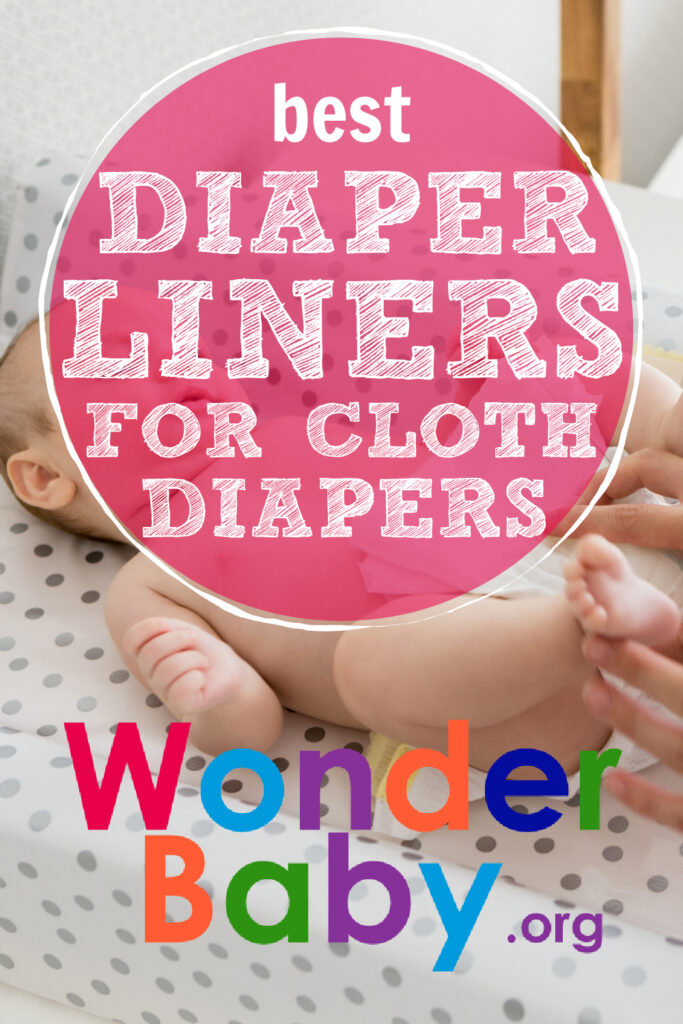
Related Posts
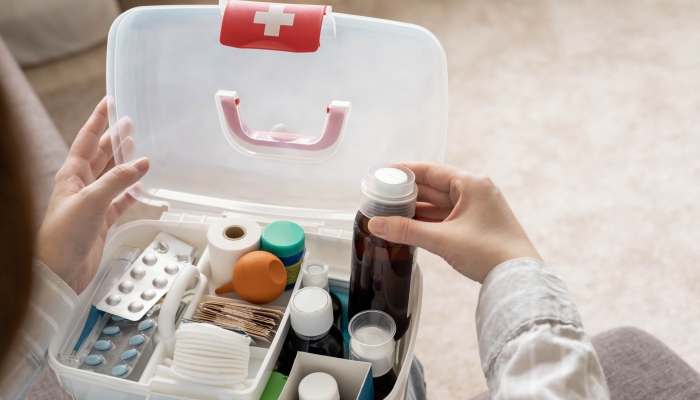
Product Reviews
4 Best Infant First Aid Kits
Having a high-quality and well-stocked infant first aid kit can give you peace of mind and confidence in your ability to care for your kids at home.
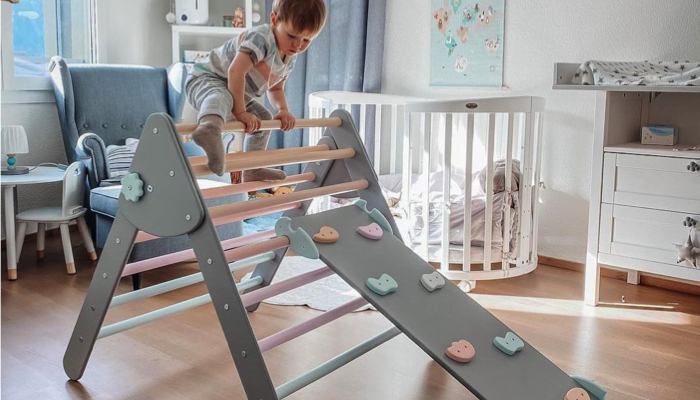
Product Reviews
9 Best Toys to Keep Kids Active
Looking for active toys to keep your kids moving? Have kids who never seem to burn off their energy? Read our guide to our favorite active play toys.
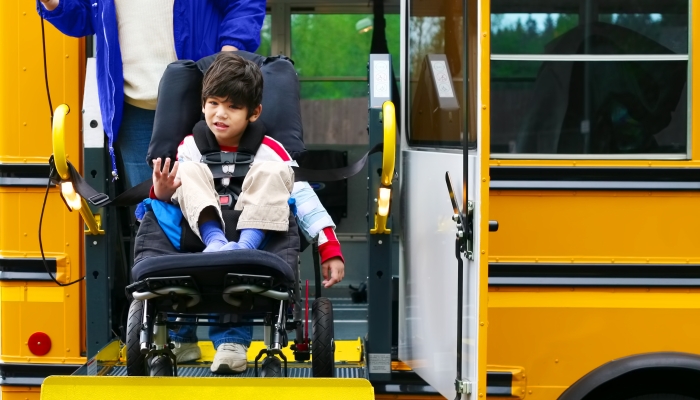
Product Reviews
The 5 Best Adaptive Strollers for Special Needs of 2024
The best adaptive strollers are designed to accommodate individuals with special needs, disabilities, or mobility challenges. Find our favorites here!




